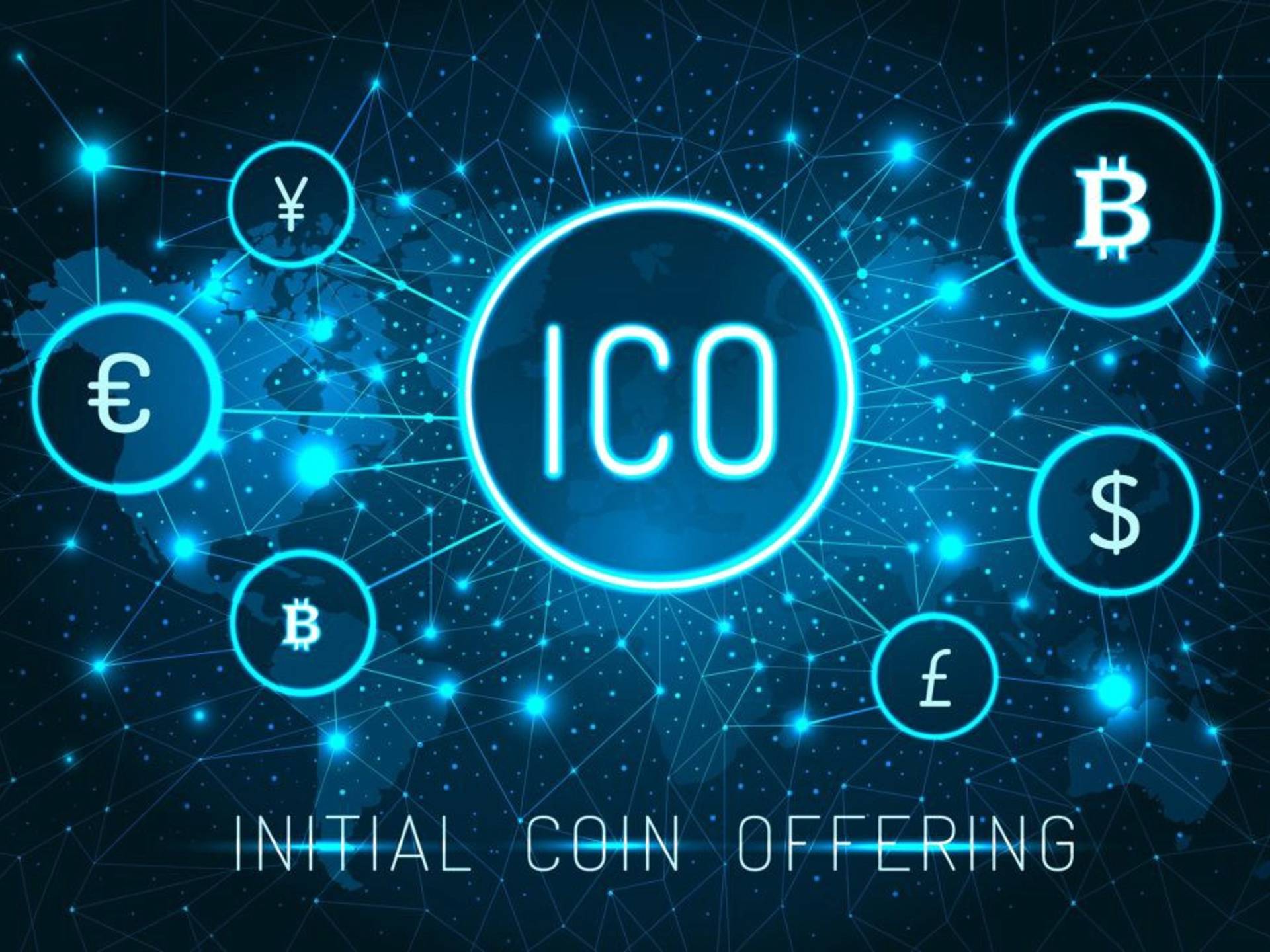위키 구독하기
Share wiki
Bookmark
Initial Coin Offering (ICO)
IQ AI를 발표했습니다.
Initial Coin Offering (ICO)
**ICO(Initial Coin Offering)**는 블록체인 프로젝트가 디지털 토큰 또는 암호화폐 발행을 통해 자본을 조달하는 데 사용하는 자금 조달 방식입니다. 이는 투자자가 새로 발행된 토큰을 구매하여 프로젝트를 지원할 수 있도록 하는 크라우드 펀딩의 한 형태입니다. [1][2]
개요
ICO(Initial Coin Offering)는 암호화폐 업계에서 IPO(Initial Public Offering)에 해당하는 개념입니다. 새로운 코인, 앱 또는 서비스를 만들기 위해 자금을 조달하려는 회사는 자금을 조달하는 방법으로 ICO를 시작할 수 있습니다. [3]
ICO에서는 투기자 또는 투자자에게 "토큰"("코인") 형태로 암호화폐가 판매되며, 이는 법정화폐 또는 비트코인이나 이더와 같이 일반적으로 확립되고 더 안정적인 다른 암호화폐와 교환됩니다. 토큰은 ICO의 자금 조달 목표가 달성되고 프로젝트가 성공적으로 시작될 경우 미래의 기능적 통화 단위로 홍보됩니다. [3]
IPO(Initial Public Offering)와 자주 비교되지만, ICO는 투자자가 회사의 주식 지분을 구매하는 것이 아니라는 점에서 상당히 다릅니다. ICO는 주로 개발 초기 단계에 있으며 프로젝트를 추진하기 위한 자금이 필요한 신생 기업의 자금 조달 전략으로 수행됩니다. [1]
역사
마스터코인 (2013)
공식적으로 ICO라고 명명되지는 않았지만, 2013년 마스터코인(나중에 Omni Layer로 브랜드 변경)의 크라우드 펀딩 캠페인은 토큰 판매의 초기 사례 중 하나로 간주됩니다. 비트코인 위에 새로운 프로토콜 계층을 개발하기 위해 4,700개 이상의 BTC(비트코인)을 모금했습니다. [4]
이더리움 (2014)
2014년 이더리움의 ICO는 중요한 이정표를 세웠습니다. 이 프로젝트는 이더(ETH) 토큰을 판매하여 약 31,529 BTC를 모금했습니다. 이더리움의 ICO는 ICO 자금 조달 모델을 대중화한 것으로 인정받고 있습니다. [4]
The DAO (2016)
The DAO는 1억 5천만 달러 이상의 이더를 모금한 대규모 ICO 중 하나를 수행했습니다. 그러나 코드의 취약성으로 인해 이더리움 블록체인에서 주요 해킹의 영향을 되돌리기 위한 논란이 많은 하드 포크가 발생했습니다. [5]
ICO 붐 (2017)
2017년에는 수많은 블록체인 벤처 기업이 토큰 판매를 실시하면서 ICO가 급증했습니다. 프로젝트는 ICO를 통해 수십억 달러를 모금했으며, 합법적인 벤처 기업과 사기 계획 모두를 유치했습니다. [4]
2017년 말까지 ICO는 2016년에 모금한 자본보다 거의 40배나 많은 자본을 모금했지만, 여전히 IPO를 통해 모금된 자본의 2% 미만에 그쳤습니다. [4]
ICO는 때때로 "토큰 판매"라고 불립니다. 크라우드 펀딩 및 신디케이션 변호사인 Amy Wan은 ICO의 코인을 "기업에 대한 소유권 지분의 상징—디지털 주식 증서"라고 설명하며, 이는 미국에서 Howey 테스트에 따라 유가 증권으로 규제될 가능성이 높다고 말했습니다. [3]
2018년 1월 30일, Facebook은 ICO, 암호화폐 및 이진 옵션에 대한 광고를 금지했습니다. 2018년 4월까지 Facebook뿐만 아니라 Twitter, Google, MailChimp도 ICO 광고를 금지했습니다. 그러나 Facebook은 결정을 번복하고 2018년 6월 26일 승인된 광고주에 대한 광고를 재개할 것이라고 발표했습니다. [6]
ICO의 주요 요소
토큰 생성
프로젝트는 자체 플랫폼, 네트워크 또는 생태계의 지분을 나타내는 새로운 디지털 토큰을 생성합니다. [2]
백서
ICO에는 일반적으로 백서라고 알려진 자세한 문서가 함께 제공됩니다. 이 문서는 프로젝트의 목표, 기술, 사용 사례 및 토큰 판매 세부 정보를 설명합니다. [2]
토큰 판매
ICO 기간 동안 투자자는 비트코인이나 이더리움과 같은 기존 암호화폐 또는 경우에 따라 법정 화폐를 사용하여 새로 생성된 토큰을 구매할 수 있습니다. [2]
스마트 계약
계약 조건이 코드에 직접 작성된 자체 실행 계약인 스마트 계약은 종종 ICO 프로세스를 자동화하는 데 사용됩니다. 이는 미리 정의된 규칙에 따라 토큰의 발행 및 배포를 용이하게 합니다. [2]
비판
ICO는 합법적인 기업 금융 및 자선 모금부터 잠재적인 사기 사례에 이르기까지 광범위한 목적을 제공합니다. 미국 증권거래위원회(SEC)는 투자자들에게 ICO를 펌프 앤 덤프 계획에 사용하여 이익을 위해 코인 가치를 조작하는 사기꾼에 대해 경고합니다. 개발자 자신이 이러한 관행에 참여할 수도 있습니다. [8]
이러한 우려에도 불구하고 SEC는 ICO가 "공정하고 합법적인 투자 기회를 제공할 수 있다"고 인정합니다. 영국 금융감독청(FCA)은 ICO의 고위험 및 투기적 성격에 대해 경고하며, 사기의 만연과 투자자 보호의 부족을 강조합니다. 합법적인 경우에도 자금이 조달된 프로젝트는 종종 초기 고위험 개발 단계에 있습니다. ICO 규제 강화의 전망은 기관 투자자 참여의 잠재적 촉매제로 여겨집니다. [8]
주목할 만한 ICO
이더리움 (2014)
이더리움은 초기이자 가장 영향력 있는 ICO 중 하나를 수행하여 42일 동안 약 31,529 BTC를 모금했습니다. 이 ICO는 이더리움 블록체인 개발 자금 조달에 중요한 역할을 했습니다. [3]
NEO (2016)
이전에는 Antshares로 알려졌던 NEO는 ICO에서 400만 달러 이상을 모금했습니다. 종종 "중국의 이더리움"이라고 불리는 NEO는 자산을 디지털화하고 디지털 자산 관리를 자동화함으로써 스마트 경제를 구축하는 것을 목표로 합니다. [1][3]
바이낸스 코인 (BNB) (2017)
최대 암호화폐 거래소인 바이낸스는 2017년 7월 ICO를 통해 BNB를 출시했습니다. ICO의 일환으로 BNB 토큰은 엔젤 투자자와 바이낸스 창립 팀을 포함한 다양한 참가자에게 배포되었습니다. BNB는 토큰당 15센트에 판매되어 1,500만 달러를 모금했습니다. [3][4]
EOS (2017)
EOS는 1년 동안 ICO를 실시하여 40억 달러 이상을 모금했습니다. 이는 분산형 애플리케이션(DApp) 및 스마트 계약을 위한 분산형 운영 체제를 만드는 것을 목표로 했습니다. [2]
테조스 (2017)
테조스는 온라인 디지털 경제를 지원하도록 설계된 스마트 계약 플랫폼을 위해 ICO에서 2억 3,200만 달러 이상을 모금했습니다. 이는 온체인 거버넌스와 스마트 계약의 공식 검증에 중점을 두고 블록체인 프로토콜의 보안과 업그레이드 가능성을 향상시키는 것을 목표로 합니다. [3]
잘못된 내용이 있나요?
